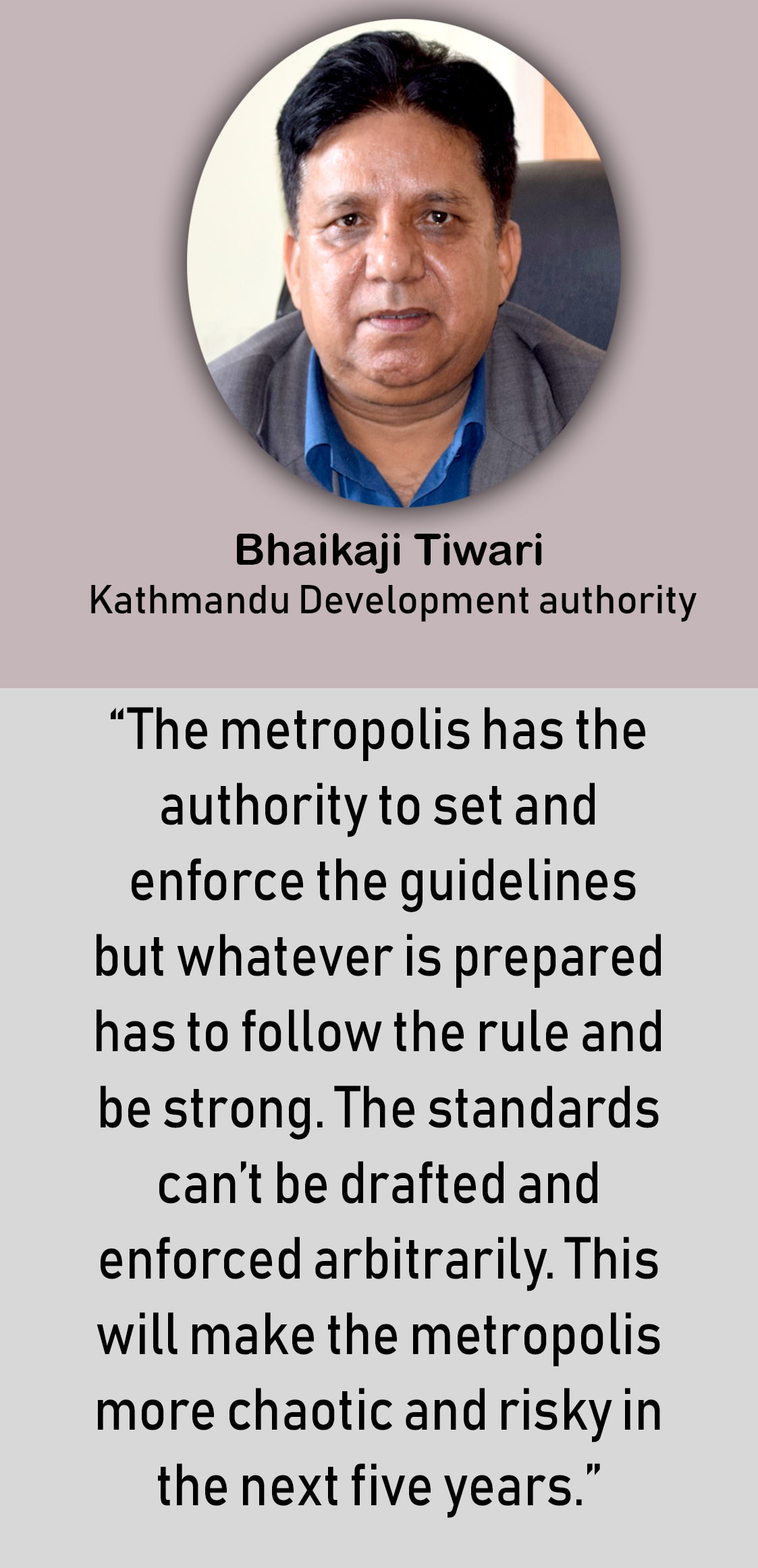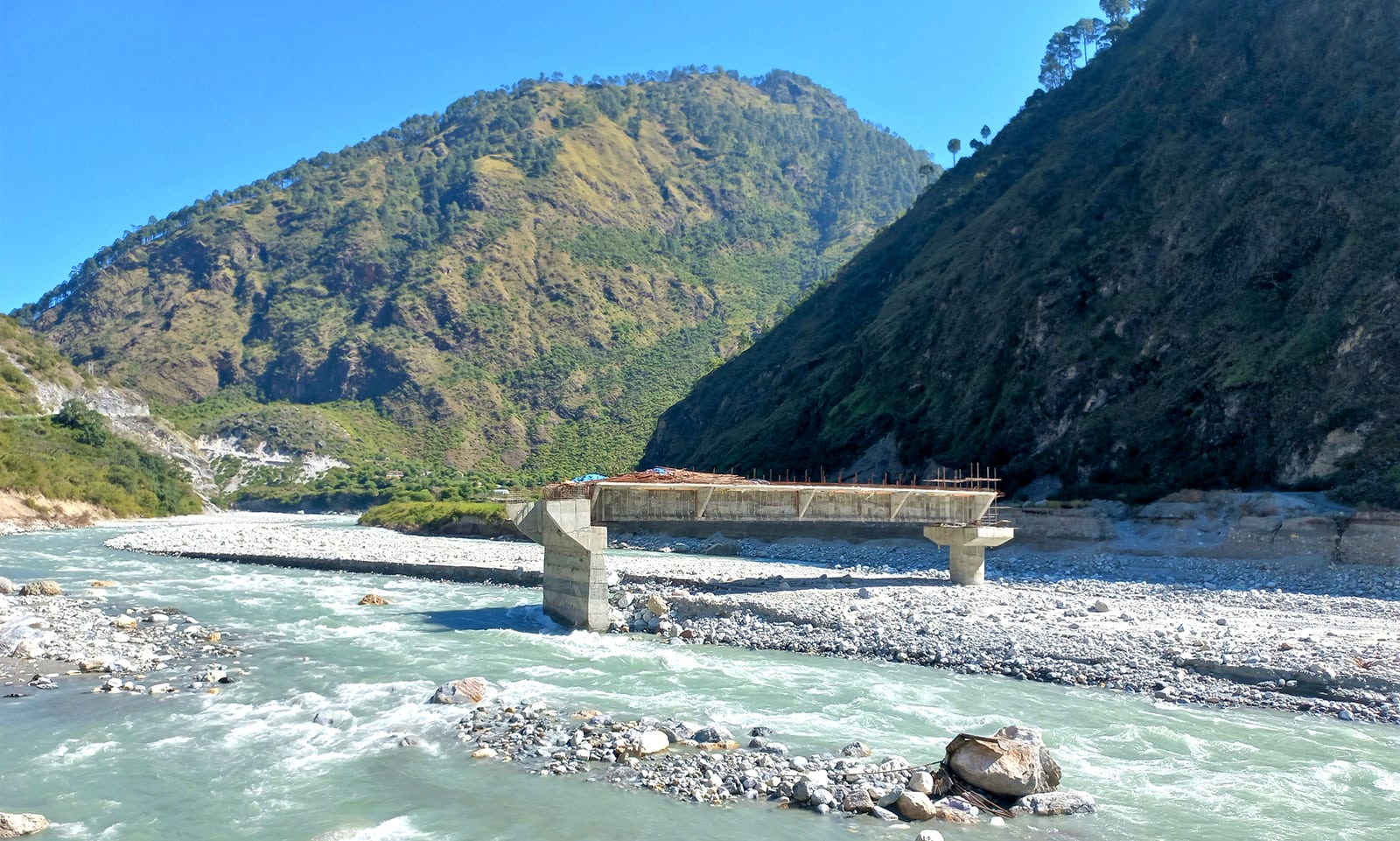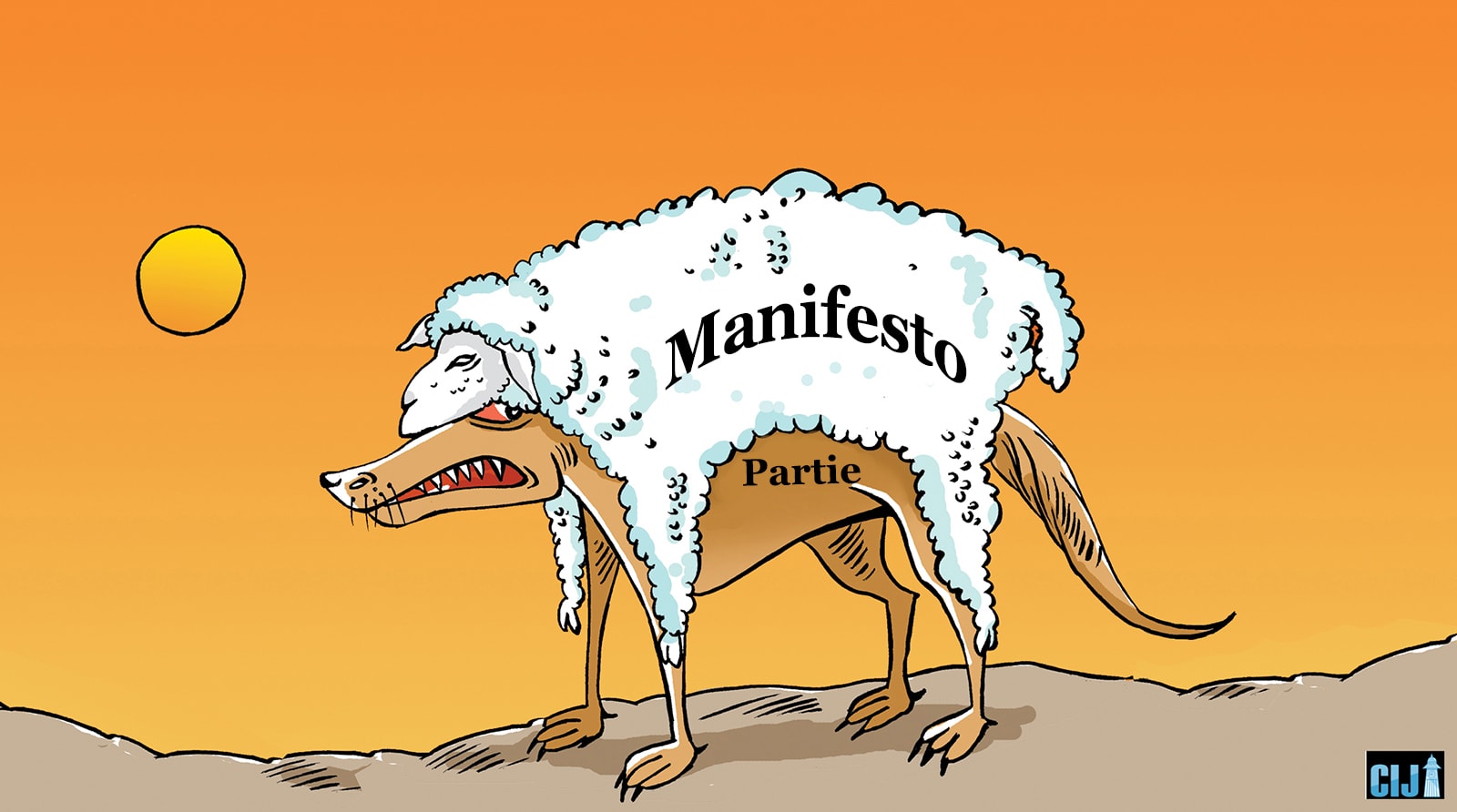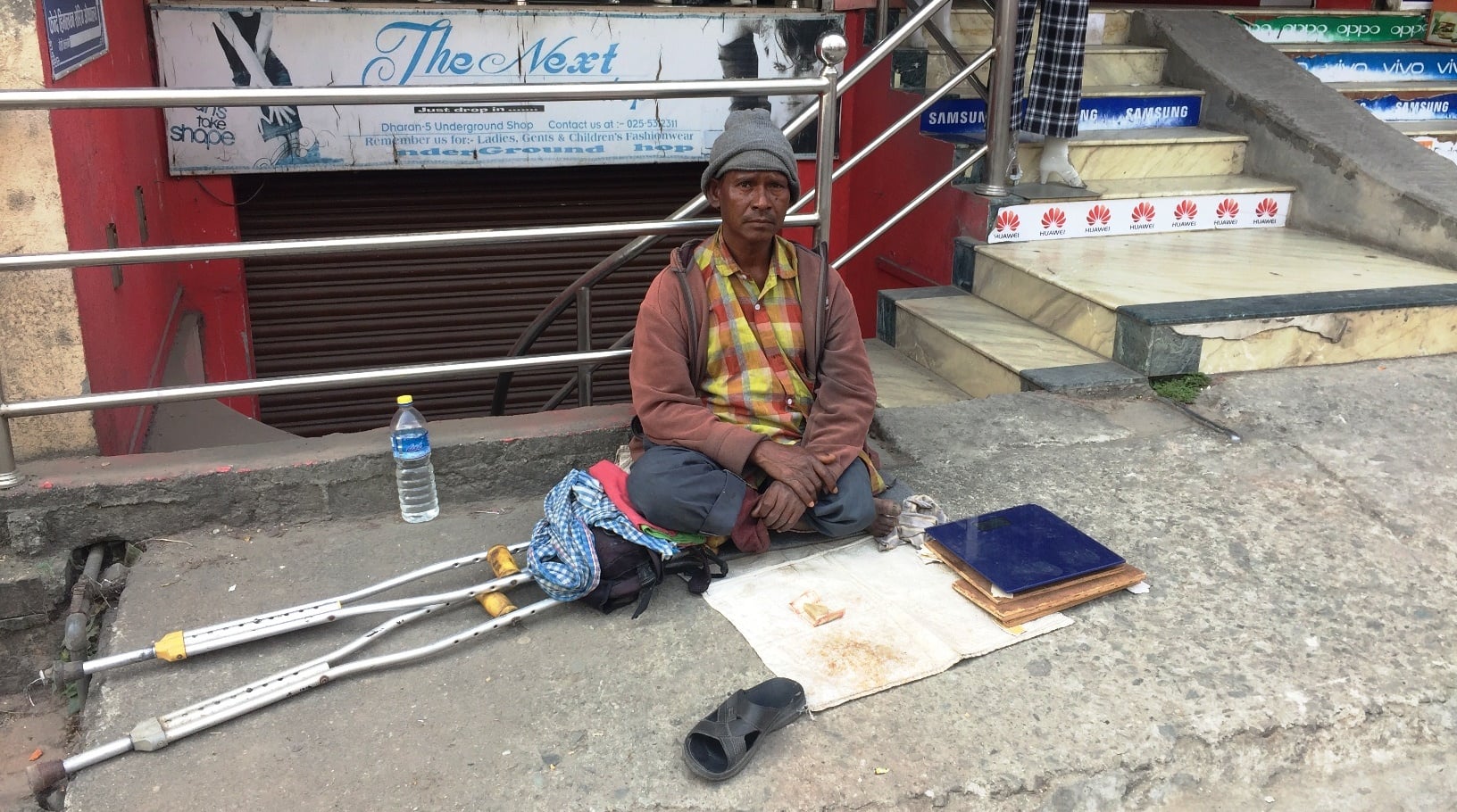The ‘generous’ building guidelines of the Kathmandu Metropolitan City gave construction completion certificates to 4,000 houses earlier rejected for non-compliance to code. Another 1,300 property owners got their designs approved for additional constructions. As many as 16,000 people have applied for such certification.
Bidhya Rai: Centre for Investigative Journalism-Nepal
Case: 1
Indra Bajra Lama of Kimdol, Swayambhu, built a three-storey house eight years ago but he has not received the certificate of construction completion yet. While he had the approved map for three storeys, he built two more rooms later. The construction was not approved as structures not given prior approval had been built.
However, the Building Construction Guidelines issued by the Kathmandu Metropolitan City on July 11, 2018 cleared the way for Lama’s house being passed. The new rules provisioned that even the structures having more storeys and rooms than permitted in the map could be approved by charging fines. As a result, even the houses that had been denied regulatory approval in the past stand to be accepted by the authorities. “I got the certificate after paying cumulative fees,” said Lama.
Case: 2
Khimkaji Maharjan built a three-storey house in Dallu Awas 15 years ago. Since he had built more rooms than what he had applied for, the metropolis did not give him the construction certificate at first. Thanks to the new building guidelines, however, Maharjan has been awarded the certificate. “I’m happy that I got the approved map and the building completion certificate even after paying fines,” said Maharjan.
Case: 3
Ramesh Shahi of Dallu got the completion certificate 15 years after building the house, a five-and-a-half storey structure. He had got the design approval only for three storeys. Shahi had been denied the certificate for building two extra storeys. When the new guidelines were issued, he got the completion certificate last month after paying Rs 80,000 in fine. “I faced difficulties in taking bank loans. After paying cumulative fines, I got the certificate,” said Shahi.
These cases show that the metropolis has adopted “liberal standards” to issue certificates to those who flouted the map approval and the building code by fining them. While the move benefits a few house owners, it has made the city residents unsafe in general. Maharjan, who got the design approval by paying a fine, said: “What laws does the metropolis bring? It approves eight-storey rickety houses by charging fines. If a major earthquake strikes again, the damage will be huge.”
City at risk
 In the book ‘Tyo Nepal’, Dadhi Sapkota has cited French seismologist Frederic Perrier to show the level of risk Kathmandu faces from an earthquake. “People are erecting houses taller than 7/8 storeys while only ground floors should have been built. Another earthquake, wherever the epicenter, will cause widespread damage,” says the book.
In the book ‘Tyo Nepal’, Dadhi Sapkota has cited French seismologist Frederic Perrier to show the level of risk Kathmandu faces from an earthquake. “People are erecting houses taller than 7/8 storeys while only ground floors should have been built. Another earthquake, wherever the epicenter, will cause widespread damage,” says the book.
The municipal authority has ignored such warnings of seismologists once again. Houses built haphazardly by shutting eyes to seismic risks have been given approval by enforcing sloppy guidelines. The yardsticks set by the metropolis are feebler than the standards passed by the Council of Ministers on May 1, 2007. Following the 2015 earthquakes, it was made mandatory by amending the building code to test the soil for buildings taller than three storeys.
Urban development expert Surya Bhakta Sagachhen says: “The new standards of the metropolis have made the Capital unsafe once again. It’s fatal to accept houses that failed to meet the standards in the past by introducing slacker guidelines.” The government made tougher its 2007 guidelines through amendment on September 30, 2015. The Kathmandu Metropolitan City flouted them while it introduced loose standards.
Buying certificates
In order to block enforcement of the lax guidelines, which sailed against Clause 17 of the Basic Construction Guidelines-2015 related to the settlement development, urban planning and building construction (passed by the Nepal Government Council of Ministers on September 30, 2015), the Kathmandu Valley Development Authority wrote to the Kathmandu metropolis on January 20, 2019, asking it to amend the standards within 15 days in line with approved standards of the government.
Besides, the Authority continued to prod the metropolitan city to correct the yardstick. But not only did the metropolis not comply with the directive, it also pressed ahead with the standards. The conflict landed in the Supreme Court on February 19, 2019. On March 28, the court ruled in favour of the metropolis, establishing that the authority to issue permits to construct houses, approve maps, and to demolish buildings flouting the set standards rests with the local government legally.
Even as the ruling eliminated the legal dispute between the metropolis and the authority, the risk from the lax measuring rod remains. Development commissioner at the authority, Bhaikaji Tiwari says, “The metropolis has the authority to set and enforce the guidelines but whatever is prepared has to follow the rule and be strong. The standards can’t be drafted and enforced arbitrarily. This will make the metropolis more chaotic and risky in the next five years.”
The Valley Development Authority is not alone in terming the municipal standards slack. A meeting of the Physical Development Committee chaired by Urban Development Minister Mohammed Istiyak Rai on January 18, 2019 also decided that the city building standards were loose and against the law. This did not deter the metropolis though. As a result, the metropolis has certified buildings that flouted the government’s guidelines. “This certification is to ignore the risk of earthquake,” says Tiwari.
 Since the 2015 earthquakes, house completion certificate has been made mandatory for taking loans and selling property. Due to this requirement, the metropolis issued certificates even to homeowners who flouted the building code by charging fines. The fines paid by such defaulters may have increased the city’s revenues, but is has heightened the safety risk. “For the sake of public safety, the current guidelines of the metropolis must be annulled,” says Keshav Prasad Neupane, spokesperson for the Kathmandu Valley Development Authority.
Since the 2015 earthquakes, house completion certificate has been made mandatory for taking loans and selling property. Due to this requirement, the metropolis issued certificates even to homeowners who flouted the building code by charging fines. The fines paid by such defaulters may have increased the city’s revenues, but is has heightened the safety risk. “For the sake of public safety, the current guidelines of the metropolis must be annulled,” says Keshav Prasad Neupane, spokesperson for the Kathmandu Valley Development Authority.
There is a large number of people who have built tall and unsafe houses against the standards set by the government post earthquake. According to Kathmandu metropolis spokesperson Ishwar Man Dangol, since the new guidelines were issued, 4,133 individuals have taken the construction completion certificate while 1,328 have got additional design approval for structures already built by paying fines as of March 27, 2019. As many as 16,000 people have applied for such certification.
The Kathmandu city has shown no interest in correcting the flawed guidelines. It has rather taken to refuting the charges against its move. Holding a press conference on January 28, 2019, it demanded dissolution of the Valley Development Authority. Mayor Bidya Sundar Shakya says: “Eighty per cent houses in the metropolis do not meet the building standards. They were definitely not built within a year of people’s representatives being elected. How can the efforts of the metropolis to bring these structures under the law, and to make the standards stronger and clearer be called feeble and against the law? [They must] prove where shortcomings occurred, where safety is compromised.”
Shakya argues that the Authority cannot interfere in the jurisdictions of the local government having constitutional executive, legislative and legal rights. “In the federal structure, the constitution grants the local government authority to make policy decisions. It’s frustrating that the Authority challenges us as we exercise local governance,” said Shakya.
The metropolis and the Authority differ in their counts of the structures that were built against the guidelines. While the Authority claims that 50 per cent houses do not meet the building standards, the metropolis estimates that such buildings account for 80 per cent of the total.
Fatal yardstick
The building standards set by the government and the metropolis are different. The government’s guidelines are taken to be better and more reliable than the metropolis’. In this, the ratio of the residential building in a planned settlement area is 2 while that of a commercial area is 3. The municipal guidelines have 3.5 for all buildings. While the government’s code bars tall buildings on small patches of land, the metropolis is seen liberal in the regard.
The government’s ceiling for a residential building is five storeys and 45 feet while the metropolitan standards permit a residential building to soar up to 8 storeys and 75 feet. The metropolis’ floor area ratio (FAR) of buildings in the mixed and old residential sub-area is up to 4. The standards set by the metropolis permit five storeys and 45 feet maximum height for buildings in the conservation and mixed old settlement sub-areas.
The regulations of the metropolis have totally ignored the potential seismic risk. French seismologist Perrier had said: “I don’t how the people of Kathmandu can be convinced. If the earthquake we’re waiting for strikes, in some places there won’t be any building left standing. As fallen buildings block road, there won’t be way for rescue.” As he said, the devastating damage inflicted by the April 28, 2015 earthquake and its aftershocks has not been lost from public memory. But the metropolis is treading a wrong path barely three years after the disaster.
According to KMC information officer Basanta Acharya, 1.1 million people live in 254,700 houses in Kathmandu city. The federal capital of Kathmandu Valley has an estimated 3.5 to 4 million dwellers.
It’s wrong to adopt flexible standards
Surya Bhakta Sagachhen, Urban Development Expert
The building construction guidelines recently issued by the Kathmandu Metropolitan City are lax. Increasing the floor area ratio (FAR) of buildings means doubling the city’s population. What’s the use of more revenue if the metropolis is not safe? It’s wrong to relax the standards for addressing the demands of house owners who have haphazardly added storeys in violation of the building code. This has increased safety challenges in the Valley.
The guidelines issued a decade ago permitted building of houses even by a foot trail. Soil test was not necessary. The city and its residents had not followed even that. After the 2015 earthquakes, building code was enforced and design approval was made mandatory. As per the government yardstick, a new building has to make way for a six-meter road. Soil test is necessary to build a house taller than three storeys. That yardstick is a genuine requirement for a safe metropolis. But to repeal that in favour of lax measures is to welcome destruction. This is to compel city dwellers to live under serious threat.



